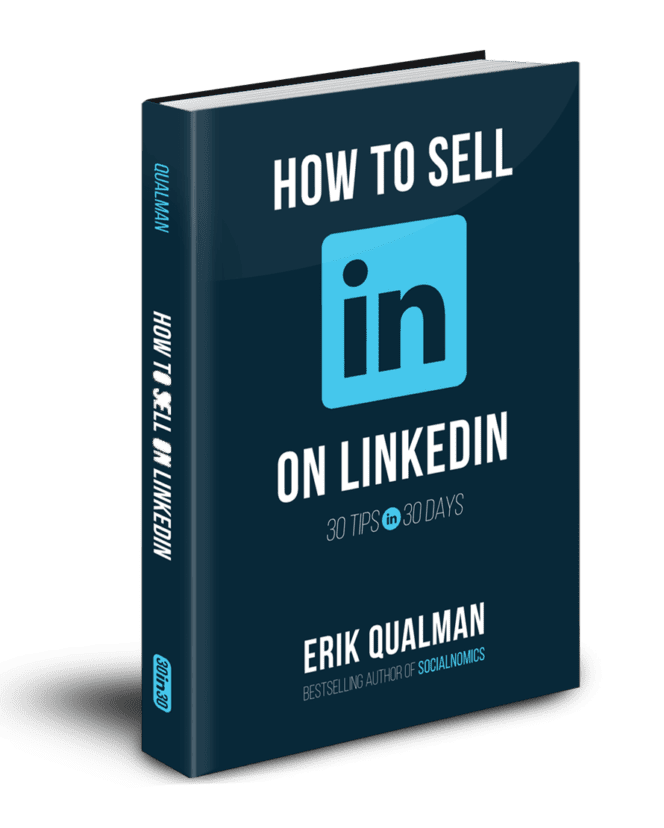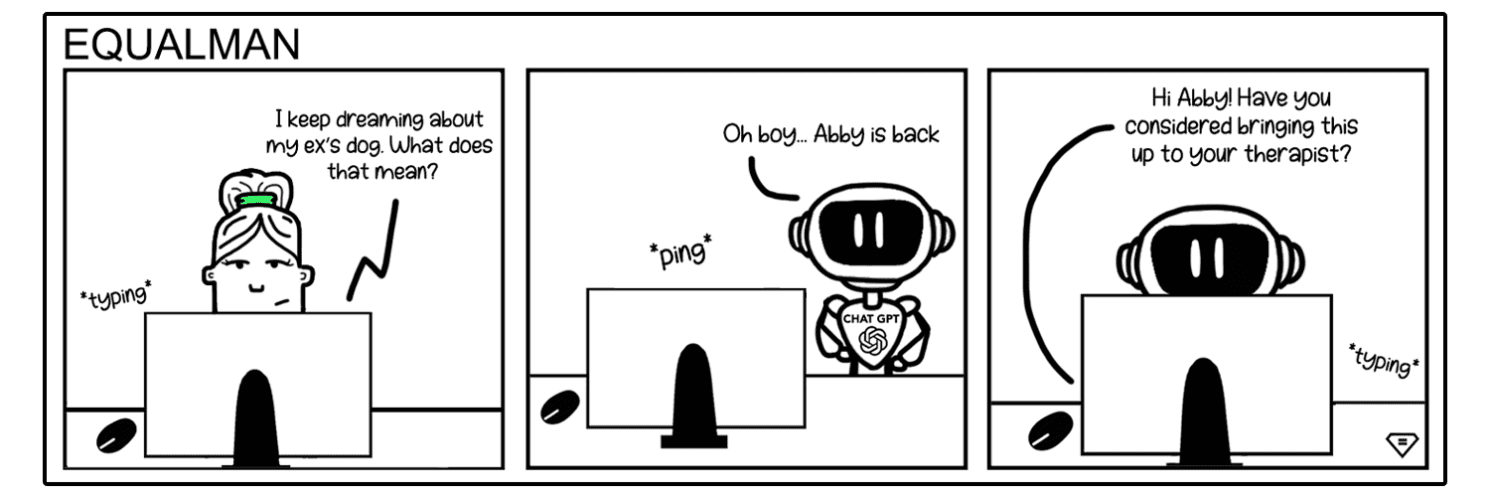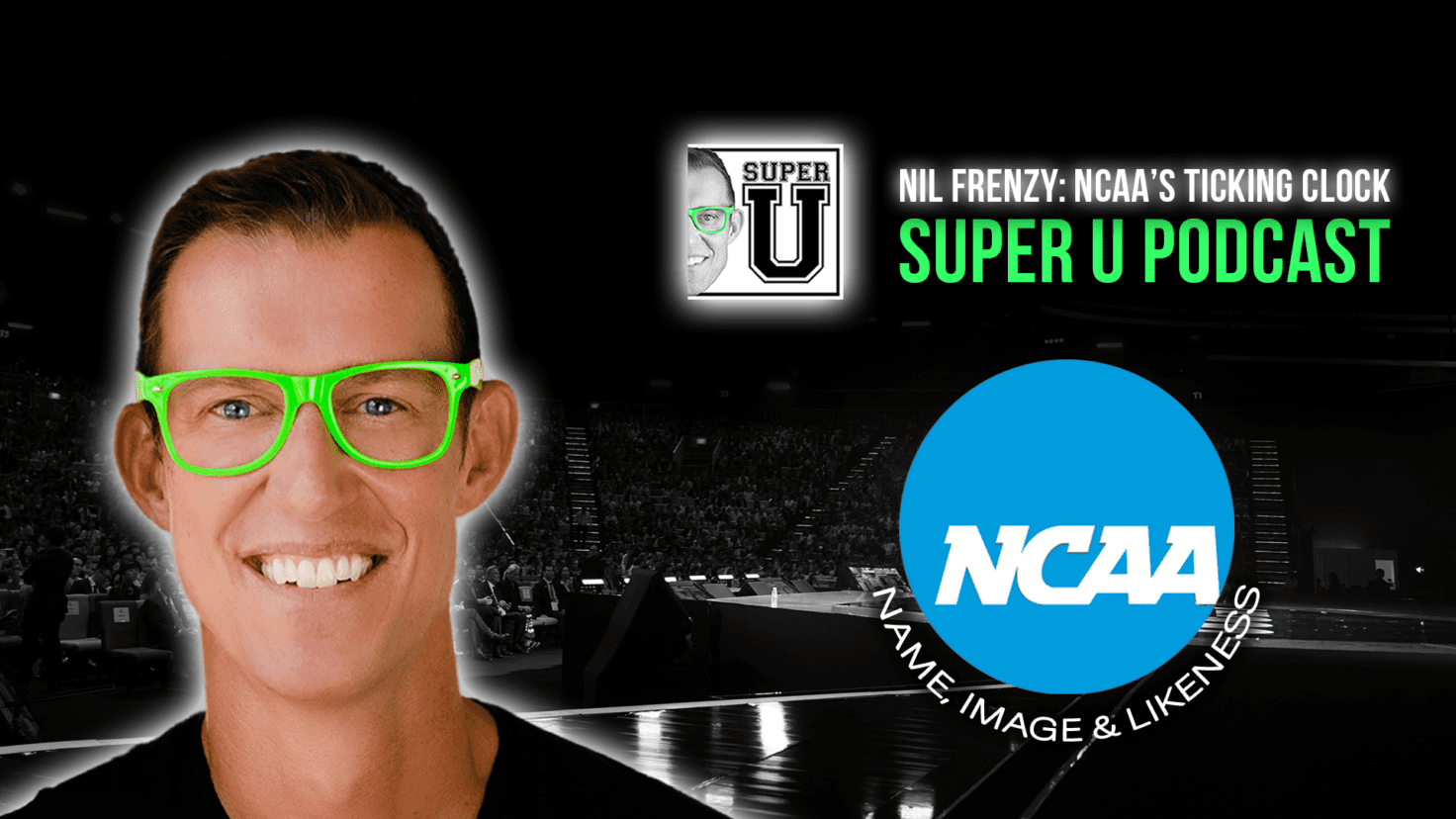What is the LinkedIn Long Game
What is the LinkedIn Long Game
Why:
Playing the long game will result in more sales over time.
How:
As alluded to earlier, if you’re at a cocktail party and walked up to four people that were laughing and having a good time, you wouldn’t interrupt by saying, “My name is John Jacobs and this is why I’m great and this is what I sell.” This type of approach obviously doesn’t work in the offline world and the same holds true in the online world.
However, most of us forget this when we are online. Rather than developing relationships, we think every interaction needs to be transactional or black and white. Am I getting a sale today or not? Without first building trust with LinkedIn connections, it will be extremely difficult to sell anything. This makes sense, because the same concept holds true in the offline world—build trust, then sell.
LinkedIn Long Game:
- Figure out a set of ideal customers—you should have this from your offline activity.
- Determine what is the most important driver for them—usually by asking a few simple questions (see below).
- Deliver helpful information in a relevant and authentic manner.
- Build a level of trust over time demonstrating that you are reliable and have your customer’s best interest in mind, even if it entails recommending a product or solution other than the one you are selling. The customer may not purchase from you the first time around, but they might place orders in the future from you if you develop this trust. Remember the old adage, “Fool me once, shame on you. Fool me twice, shame on me.”

Linkedin outreach
Notice the opening sentence makes the message personal. It certainly doesn’t need to be sports related and in fact, can be anything you know may be of interest or a sentence about a relevant current event. The next three sentences are questions about them and ones that most people like to talk about. If the person isn’t interested in talking about what has them the most excited, then it’s time to move onto the next opportunity.
The question about the biggest hurdle is one they may not even have thought about here; you are adding value by asking a thought-provoking question! Better to hear this question from you first than from their boss. Lastly, as with most conversations, you’ll need to ask, how can I help? Your offer to help should be specific and provide the option of a tangible deliverable. In this example above, we are asking if we can send anything down the road (remember we are playing the long game). You might ask something more precise like, “Would it help if I sent over a few case studies of customers that are facing very similar challenges and what they did to resolve it?”

For more LinkedIn tips check out my new book, How to Sell on LinkedIn.
Need a 2018 Motivational Speaker? Look no further!






